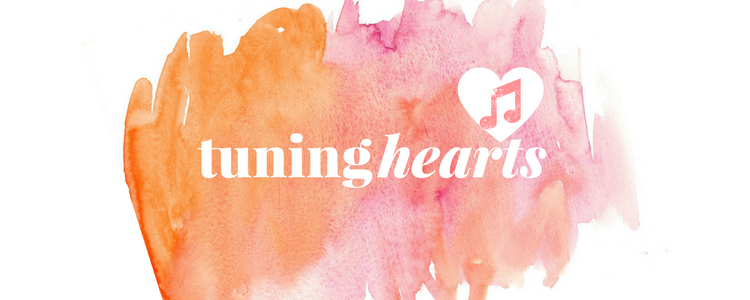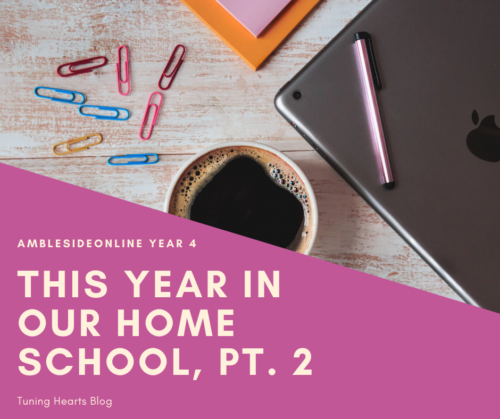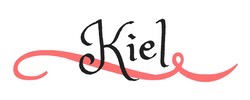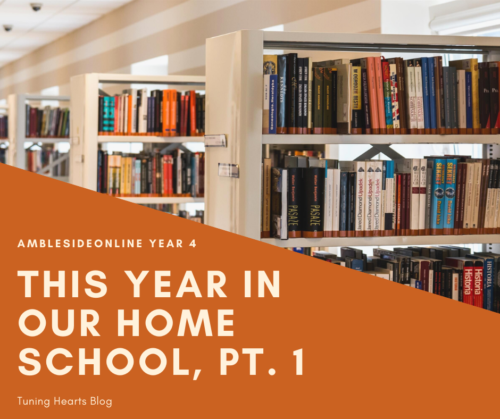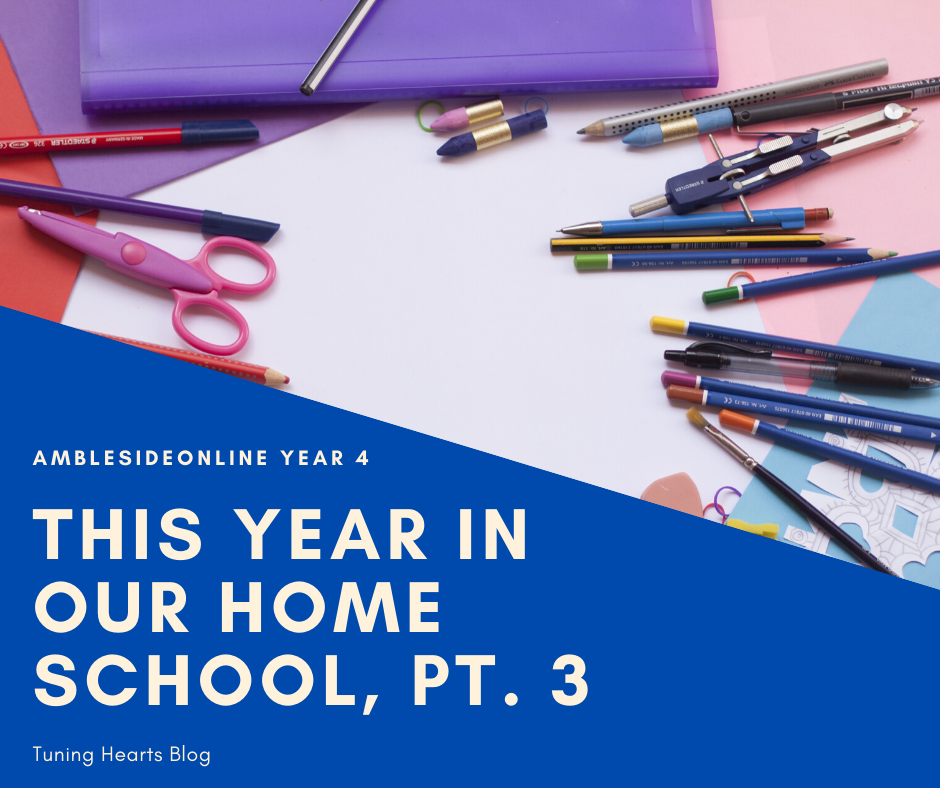
This week I am continuing my series on our current homeschool year using the AmblesideOnline curriculum. I meant to have this post ready to go last week, but I went to the Nashville Teach Them Diligently homeschool convention and was too busy to actually write it until now. (By the way, if you have a chance to attend a TTD conference near you, definitely go! I was so encouraged!) So here we are at last, adding a little more information about what supplemental resources I am using with AO Year 4.
Supplemental Resources for Year 4
- Math–MEP and Khan Academy
- We have been using MEP math since Year 1, and I am still firm in my appreciating on this curriculum. It teaches concepts in a different way than I learned them, which is sometimes a challenge for me. But it is strong in the problem solving, logic and mental math skills that I wish I had had growing up. This year we started into long division, which was discouraging for my son. So when he started struggling, we slowed down a bit and added in one day a week doing some review work on Khan Academy, just for a change of pace and something to remind him that he can do math and have fun!
- Artist Study–picture study aids from A Humble Place
- We are using the AO art rotation again this year, and I have found Rebecca’s resources a nice supplement to looking at the pictures every week. She has a brief biographical sketch about each artist, along with some information or things to look for in each painting. Also, if you are unfamiliar with how to do a Charlotte Mason style picture study, she always includes that information at the beginning of each artist packet. Best of all, she makes these PDFs free of charge!
- Art Lessons–Brushwork and What to Draw
- This year I wanted something that would lend some loose structure to our art lessons because what I have tried over the past couple of years has not really worked out that well. I found two lovely vintage books to start with and will likely add more as we finish these. The first is Brushwork by Marion Hudson, which gives several simple layouts for practicing brush forms with watercolors. The second is What to Draw and How to Draw It by Edwin George Lutz. This is really just an old-fashioned version of a step-by-step drawing book, but the vintage pictures are fun to copy, and the kids have both enjoyed making their own creations using these instructions as a jumping off point.
- Spanish–Poco a Poco and Duolingo
- The last two years we have used Song School Spanish from Classic Academic Press, but this year I wanted to try something a little more conversational. I found an other free resource in the public domain Spanish text book Poco A Poco, as well as the Teacher’s Manual for said text book. We are going through it very slowly, but so far I am liking it. We also continue to use the Duolingo app for practice one day a week.
- Grammar–Winston Grammar (Basic level)
- In my previous post in this series, I mentioned that grammar lessons were new for us this year. While I was at the Teach Them Diligently conference, I visited the Home Works book sellers and stumbled upon a Winston Grammar kit. I looked up some reviews on the AO forum and elsewhere and decided to give it a shot. We’ve only done one lesson so far, but I’m looking forward to getting farther into the method!
Whew! That ended up being a bit longer than I had expected! I hope that some of this information has helped you if you are planning for AO Year 4. I will be back again soon with an outline of our current schedule/routine and how it is working out so far this year.

